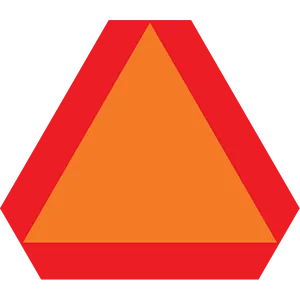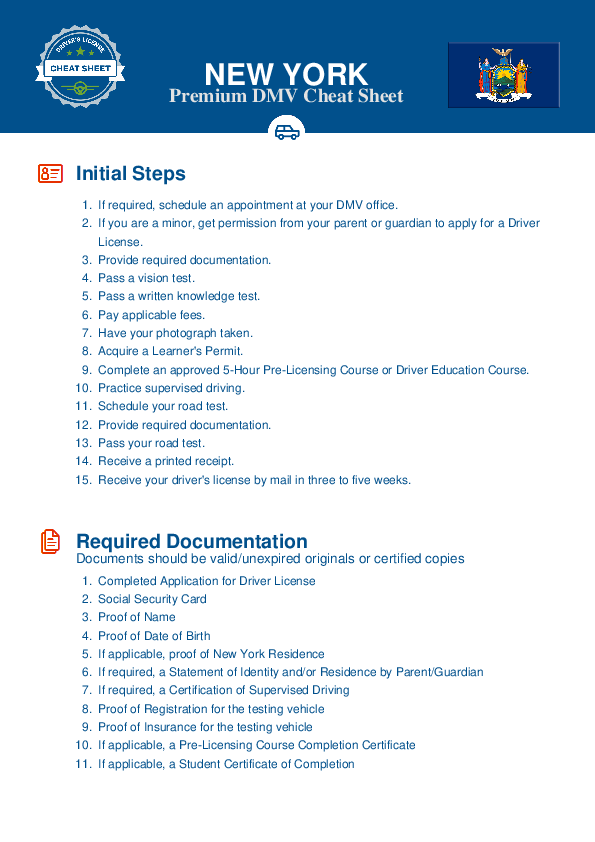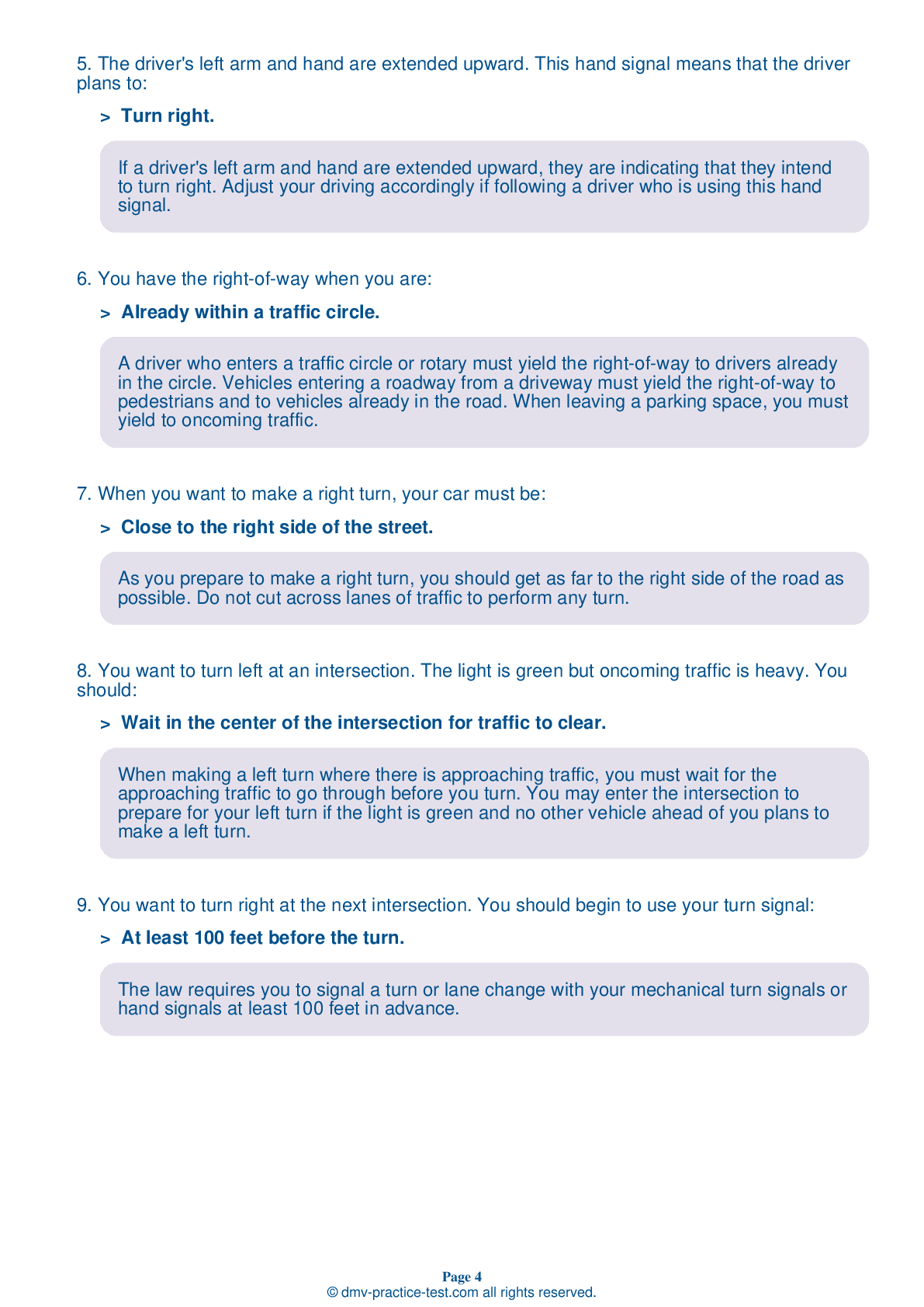FREE New York DMV Practice Test #8 Page 2 of 3
New York's DMV practise examinations have been revised for January 2025. It includes questions based on the New York Driver Handbook's most significant traffic signals and legislation for 2025. Use actual questions that are very similar (often identical!) to the DMV driving permit test and driver's licence exam to study for the DMV driving permit test and driver's licence exam.
On the practise exam, each question gets a tip and explanation to help you remember the concepts. The written component of the official New York DMV test will feature questions about traffic rules, traffic signs, and driving statutes, as well as knowledge from the Driver Handbook.
To obtain a passing grade, you must correctly answer 14 of the 20 questions. Take this practise test from the New York Department of Motor Vehicles to help you prepare for your instruction permit or driver's licence.
The DMV exam is available in several languages.
Using any kind of testing assistance will result in an automatic fail, and the DMV may take additional action against your driver's licence, so stay away from it.
8 . You must yield the right-of-way to an emergency vehicle that is using its siren and flashing lights by:
You must yield the right-of-way to any emergency vehicle that is using its siren and flashing lights. Do this by driving to the right edge of the road and stopping, taking care not to stop in an intersection. You may move again after the emergency vehicle has passed.
9 . What happens if you refuse to take a chemical test?
New York has an Implied Consent Law, which means that by driving in the state, you have given your consent to a chemical test if you are arrested for an alcohol- or drug-related violation. If you refuse to take the test, your license will be suspended. If a DMV hearing later confirms that you refused the test, your driver license will be revoked, even if you are found not guilty of the original charge.
10 . When approaching an uncontrolled intersection, a driver should:
At an intersection where there is no stop sign or traffic signal, you should yield to a vehicle approaching the intersection from the right. However, always be prepared to yield to avoid a crash. Do this by taking your foot off the accelerator, covering the brake, and looking left, right, and left again.
11 . Stopping distances and severity of crashes:
Stopping distances are longer and crashes are more severe when traffic travels at higher speeds.
12 . If one of your tires blows out as you are driving, you should:
If a tire blows out while you are driving, hold the steering wheel tightly and keep the car headed straight down the road. Ease your foot off the gas pedal and do not apply the brakes until you have complete control. When the car is under control, brake gently and pull off the road at the nearest safe location.
13 . An orange and red triangular sign on a vehicle always means:




